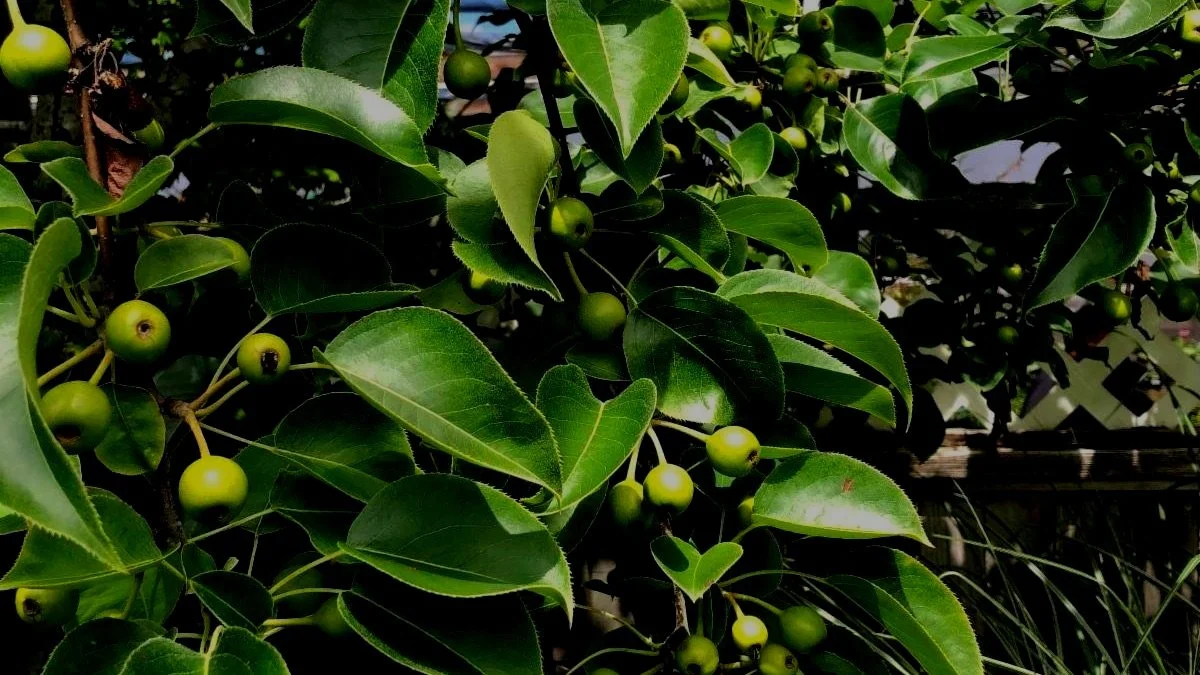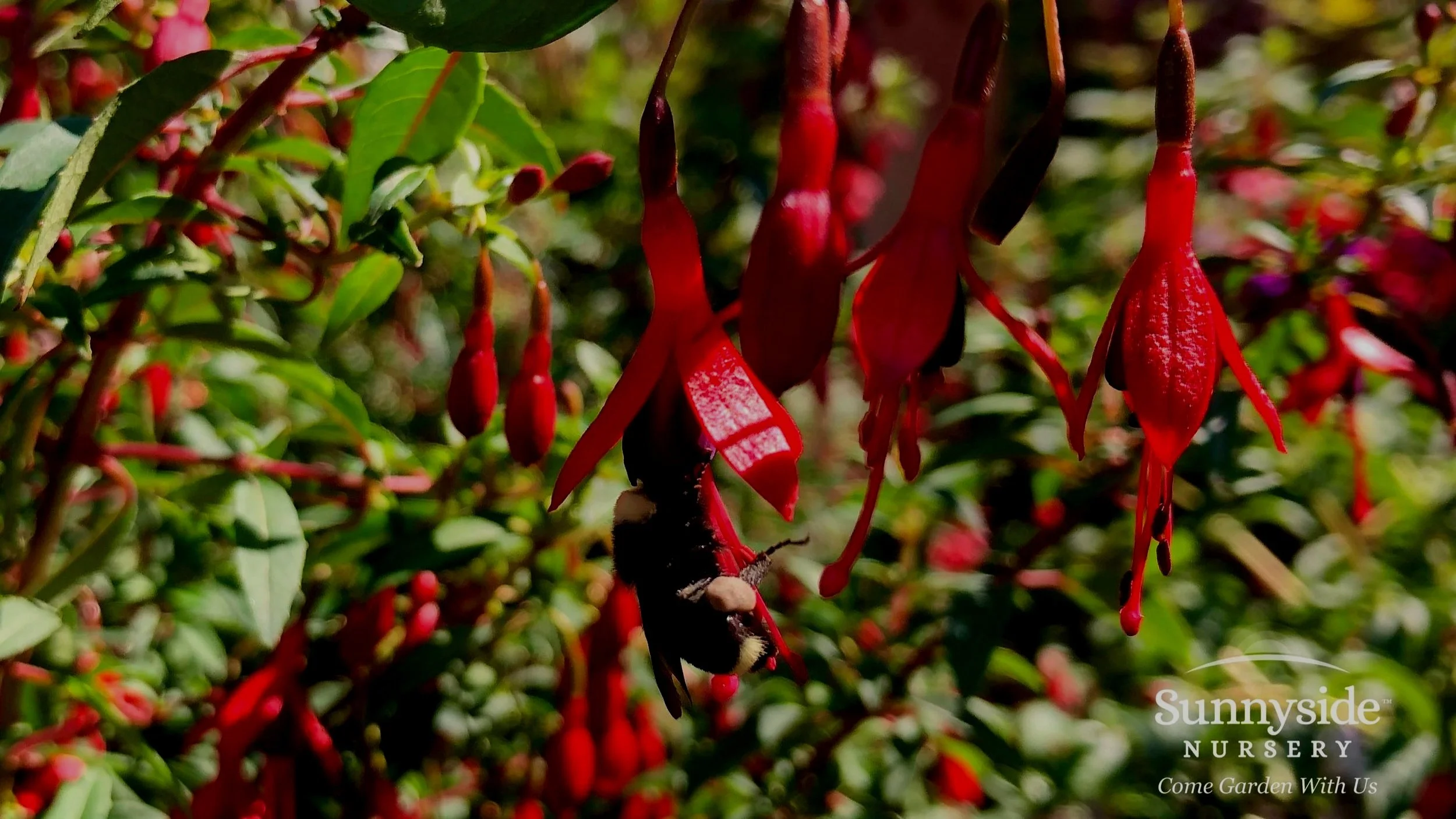Growing fruit trees in the northwest can be a very rewarding venture. There is nothing quite like going out to the backyard and plucking a handful of tree ripened cherries or a juicy Asian pear or Japanese plum. It just doesn’t get any fresher than “straight off the tree”. That being said, when you’ve planted your trees and waited a couple of years for a crop and still nothing develops, disappointment is usually what you end up harvesting. If your trees are blooming and not setting fruit, the most likely culprit is poor pollination. Three things are usually the cause; lack of pollinators, improper varietal selection, or late freezes. Let’s delve a little deeper into these three items…
When we talk about pollinators, we are usually referring to honey bees. Unless you have been living in a cave, you are probably aware of the plight of honey bees in the world. All sorts of things like extreme weather, loss of habitat, colony collapse disorder, pesticides, and now murder hornets, are all contributing to this crisis. As gardeners we can help honey bees by avoiding applying pesticides, especially when plants are in bloom, and increasing the variety of flowering plants in our gardens. Other insects can also help with pollination and the next best thing to a honey bee is our native mason bee. These little guys come out around March and do their work when it is too cold for the honey bees to fly. While most of us will never have honey bee hives in our gardens, we can easily encourage mason bees by installing mason bee houses on the south or east facing side of our homes or fences where the morning sun will warm them up and get them moving. Mason bee supplies, including actual sleeping mason bees, can be purchased from most garden centers. February is the ideal time to set them out.
As for varietal selections, things can get complicated. Some trees are what we call “self-fertile”, which simply means that the female part of the flower is compatible with the male pollen it produces, so it will pollinate itself and hence one tree is all you need. Peaches, apricots, nectarines, most newer varieties of cherries, and European plums such as Italian prunes are all self-fertile. Pears, apples, and Japanese plums on the other hand require pollen from a different variety (but same kind of fruit) in order to set fruit. This is called “cross-pollination” because the pollen has to cross from one plant to another. In a few cases with certain varieties of apples, such as Gravenstein and Jonagold, their pollen is sterile and hence will not pollinate any other apple tree, so you can’t rely on them as a source of pollen. If you plant a Gravenstein you will actually need two additional different apple varieties so that everyone gets pollinated. I told you it can get complicated.
Finally, late season freezes can destroy flower buds and ruin your crop for the whole year. Commercial growers have systems in place to protect from late freezes, but homeowners have few options. Keep a blanket handy if a hard freeze is in the forecast and hope for the best.
If you are planning on buying some fruit trees this spring, make sure you ask the salesperson if you need a pollinator and if so, which varieties work best. And don’t forget to plant them in a full sun location with good drainage. If all goes well, you should start enjoying a bounty of home-grown fruit in the second and third year from planting. Stay safe and keep on gardening.



